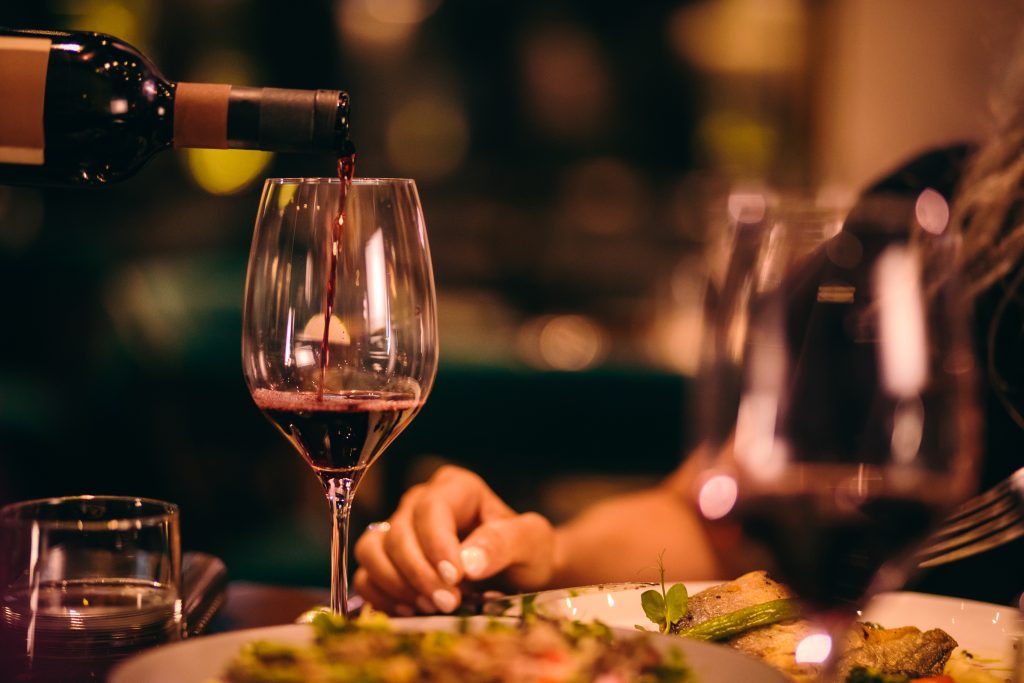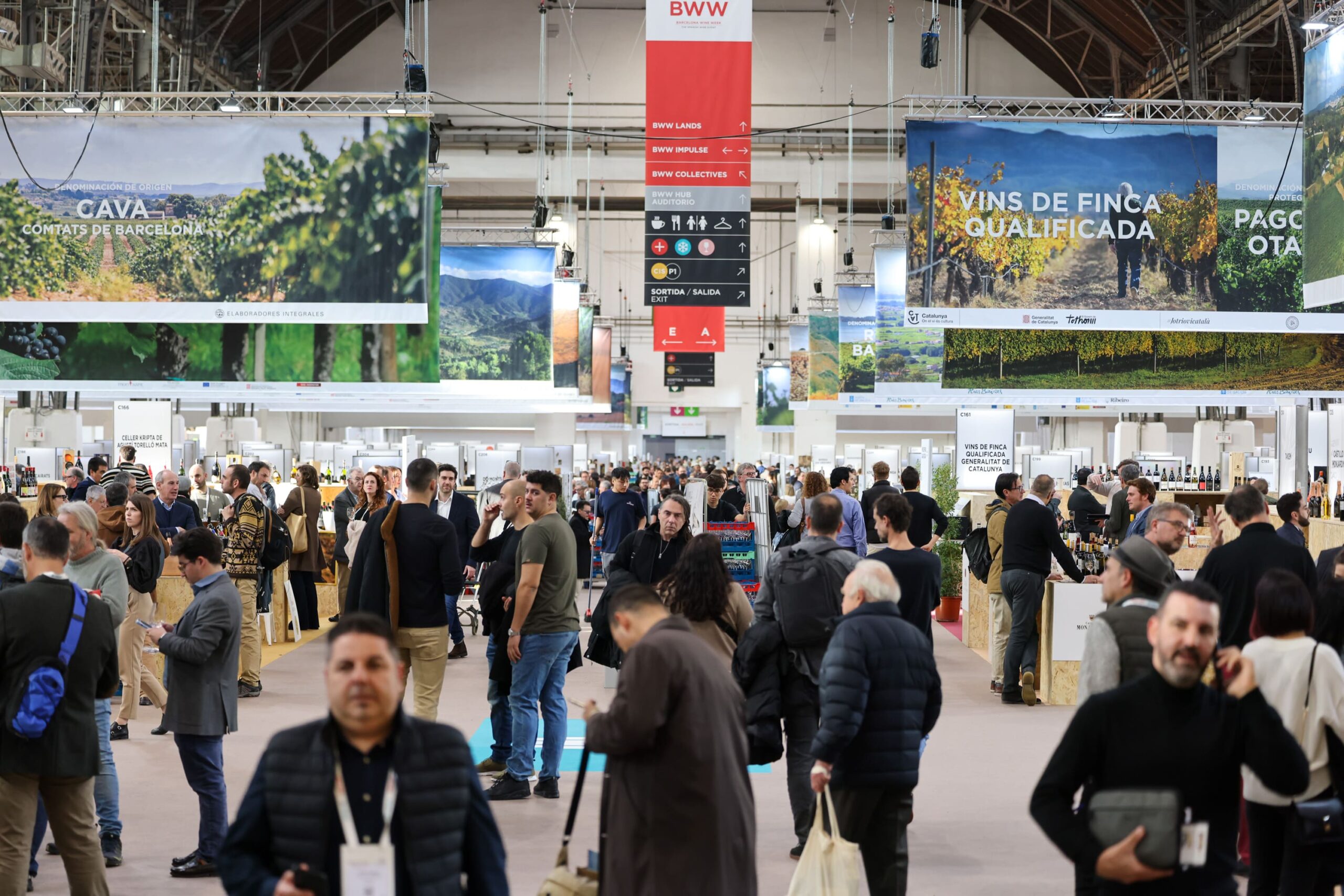Are there reasons for ‘cautious optimism’ for the fine wine market?
Steady demand for “select” fine wines during Q3 among other positive indicators has suggested a price recovery may be “on the horizon”, the latest Wine Cap report has claimed – despite the market remaining bearish in recent months.

Wine Cap’s Q3 report noted that there were reasons to be hopeful despite the “consistent decline” in fine wine prices in recent months.
It pointed to the fact that certain wine brands had bucked the trend by outperforming the market, noting “the importance of strategic, brand-specific investment decisions”.
Standouts included Krug Vintage Brut 2004, whose strong performance of 21.6% made it the best-performing wine year-to-date; Domaine du Pégau’s Châteauneuf-du-Pape Cuvée Réservée 2012, which rose by a similarly strong margin (21.2%); while Sassicaia 2011 saw an 21% increase, with its 2015 vintage also performing well, up 12.1%.
Two vintages of Vega Sicilia Único performed strongly, its 2010 and 2011 vintages rising 19.8% and 17.9% respectively, while wines from Bordeaux and the Rhône, including Château de Beaucastel also saw growth.
“While the market as a whole is facing challenges, strategic investment in the right wines can still yield impressive returns,” it said. “Investors looking to capitalise on market lows should consider brands which have consistently shown growth despite broader regional declines.”
Partner Content
Other notable signs of hope included the breaking of auction records for high-profile Burgundy, “which points to continued interest in fine wine” and the overall global outlook lifting. This was evidenced by lower interest rates and better economic conditions presenting growth opportunities, despite “lingering concerns about a potential US recession and Japanese market volatility”.
Meanwhile, the strong scores for Jane Anson’s Bordeaux 2009 and 2010 vintage retrospective may help stimulate demand, it argued.
However, the fact remains that the fine wine market has returned to its 2021 levels, after seeing prices declining across the majority of regions in the third quarter. Champagne was the exception, after recording a “modest” 0.4% increase.
The biggest drop was seen by Bordeaux, which fell 4.4% overall, driven by a 6.6% fall in the Second Wine 50 index and the Right Bank 50 index, which fell 4.6%.
“Many wines from the 2019 vintage, which had previously appreciated in value, have now returned to their original release prices,” it noted.
“With the current decline, strategic investments in high-performing brands and undervalued vintages could offer substantial returns on the road to recovery.”
Related news
Strong peak trading to boost Naked Wines' year profitability




